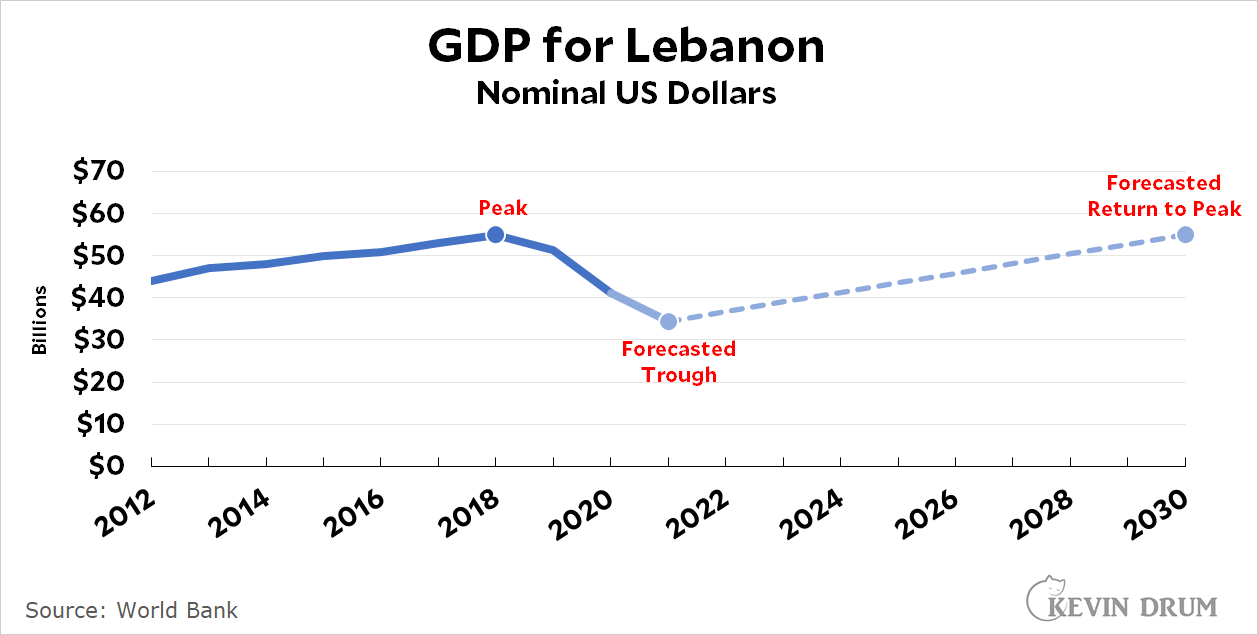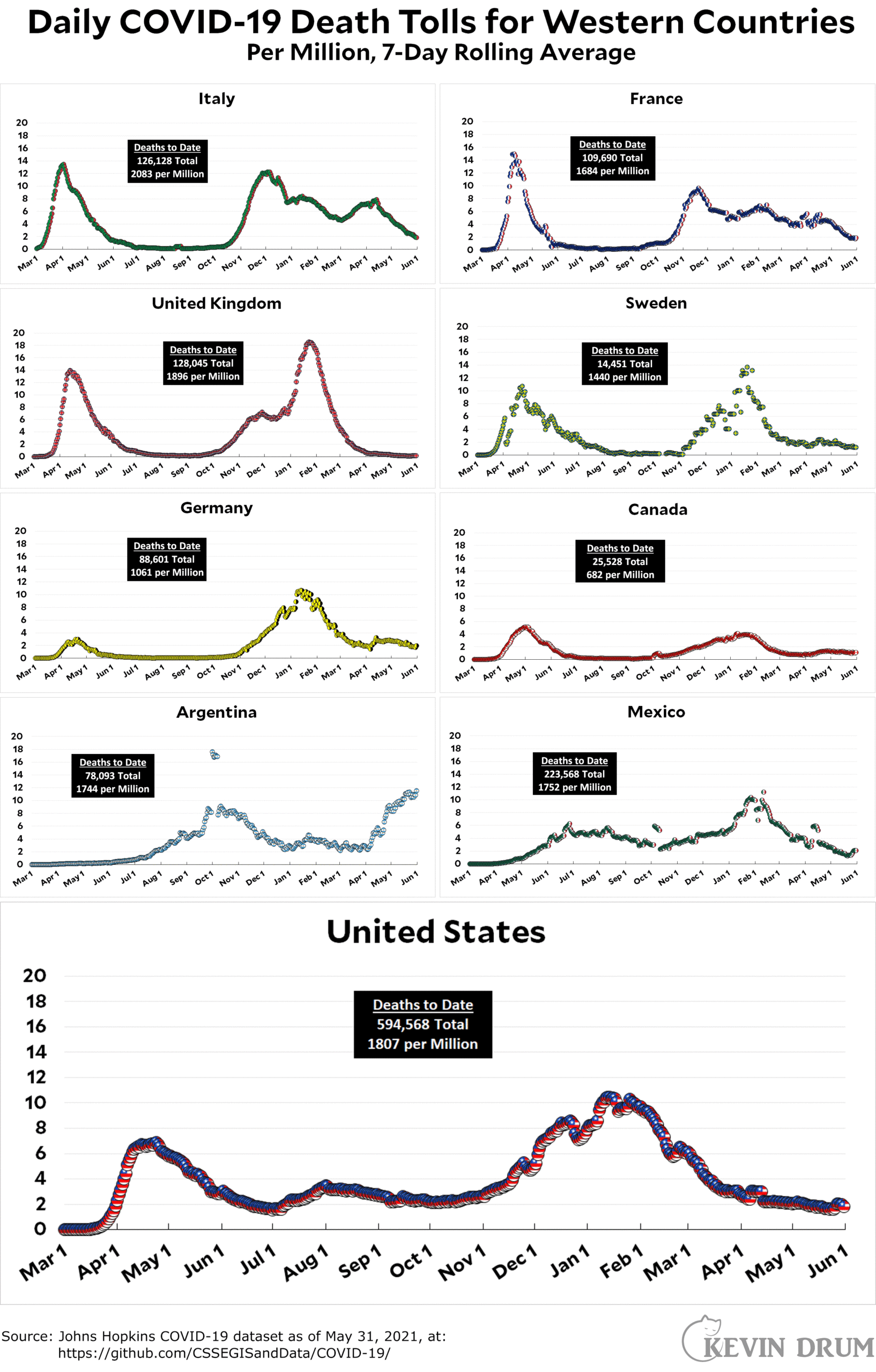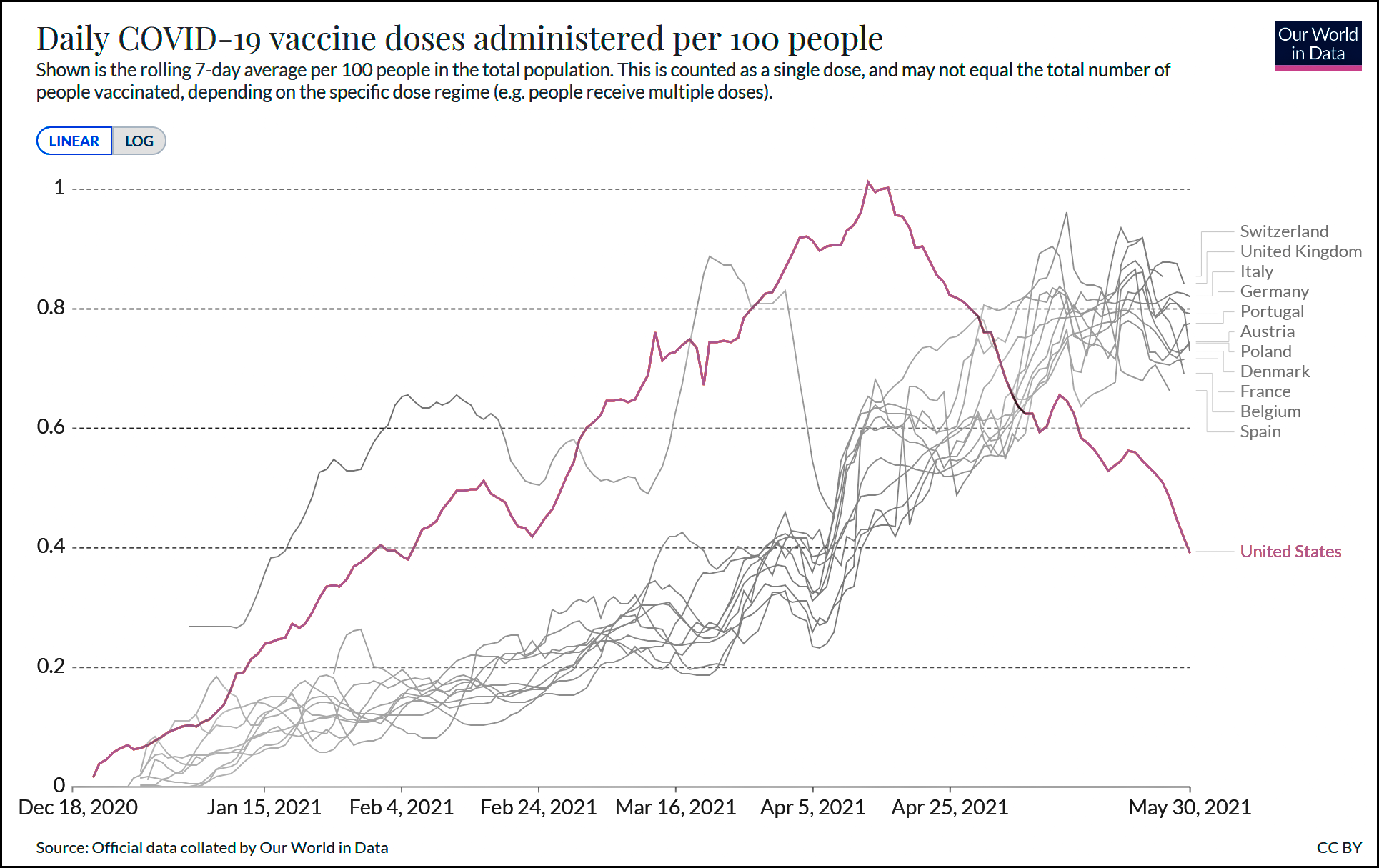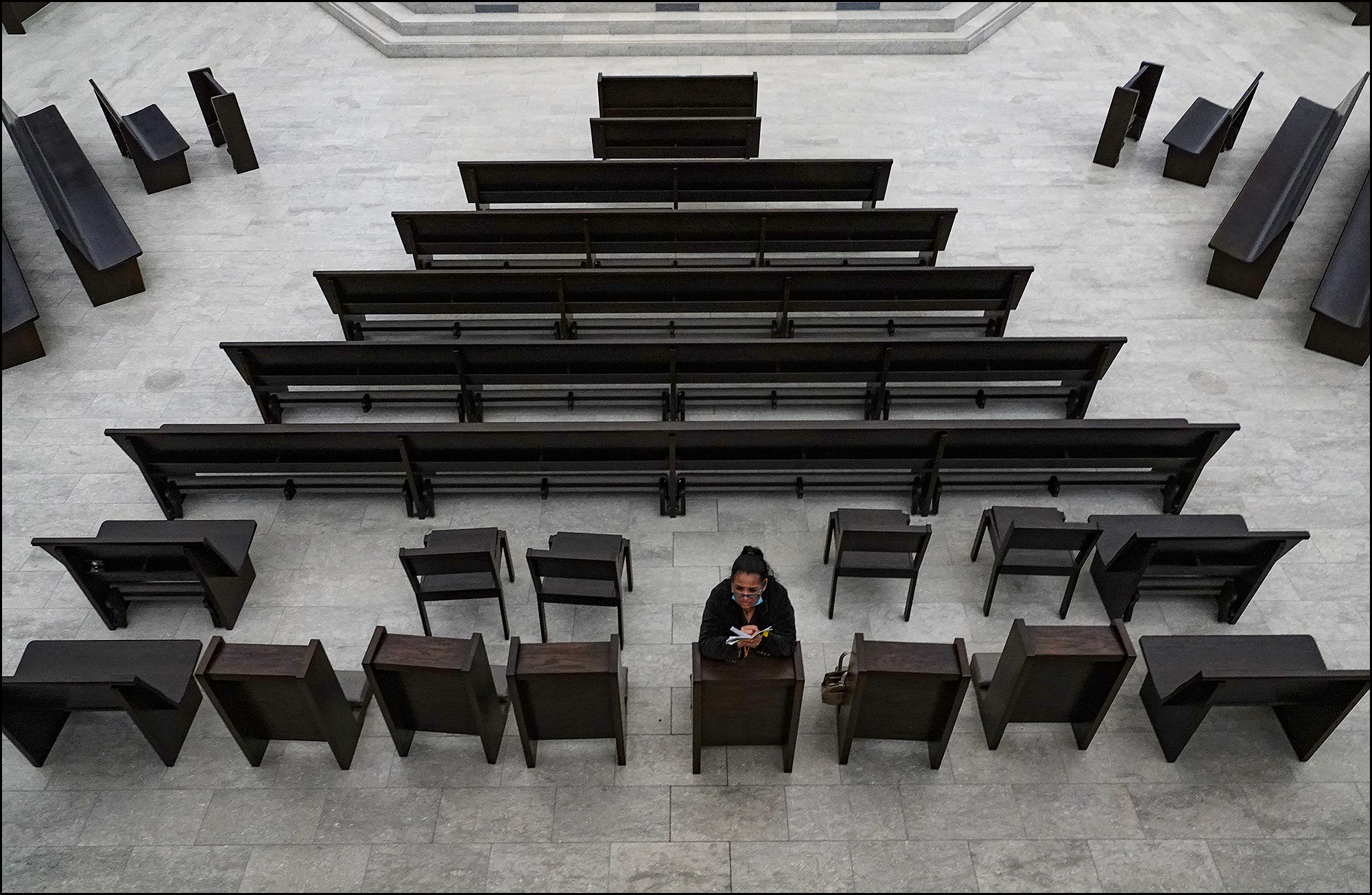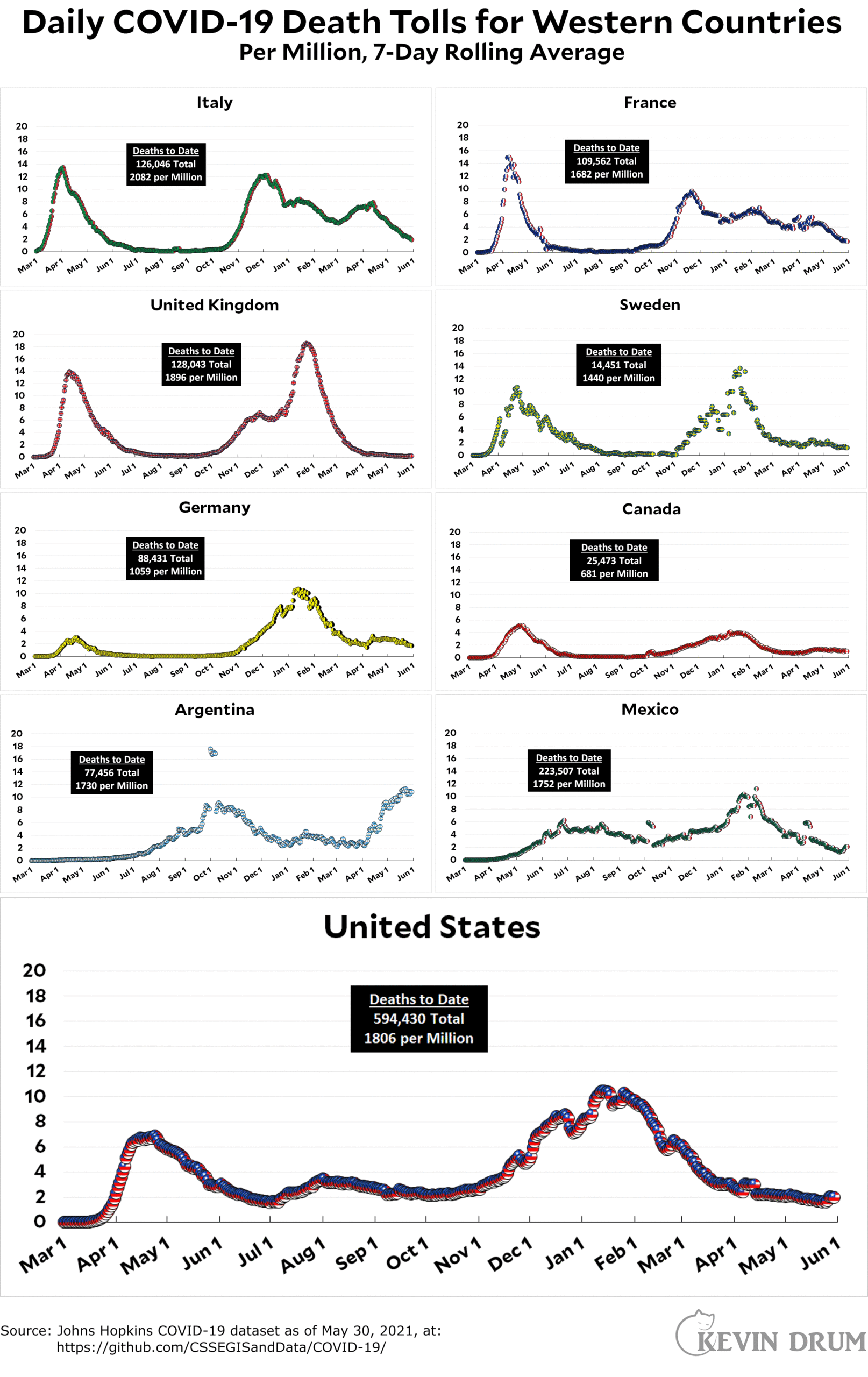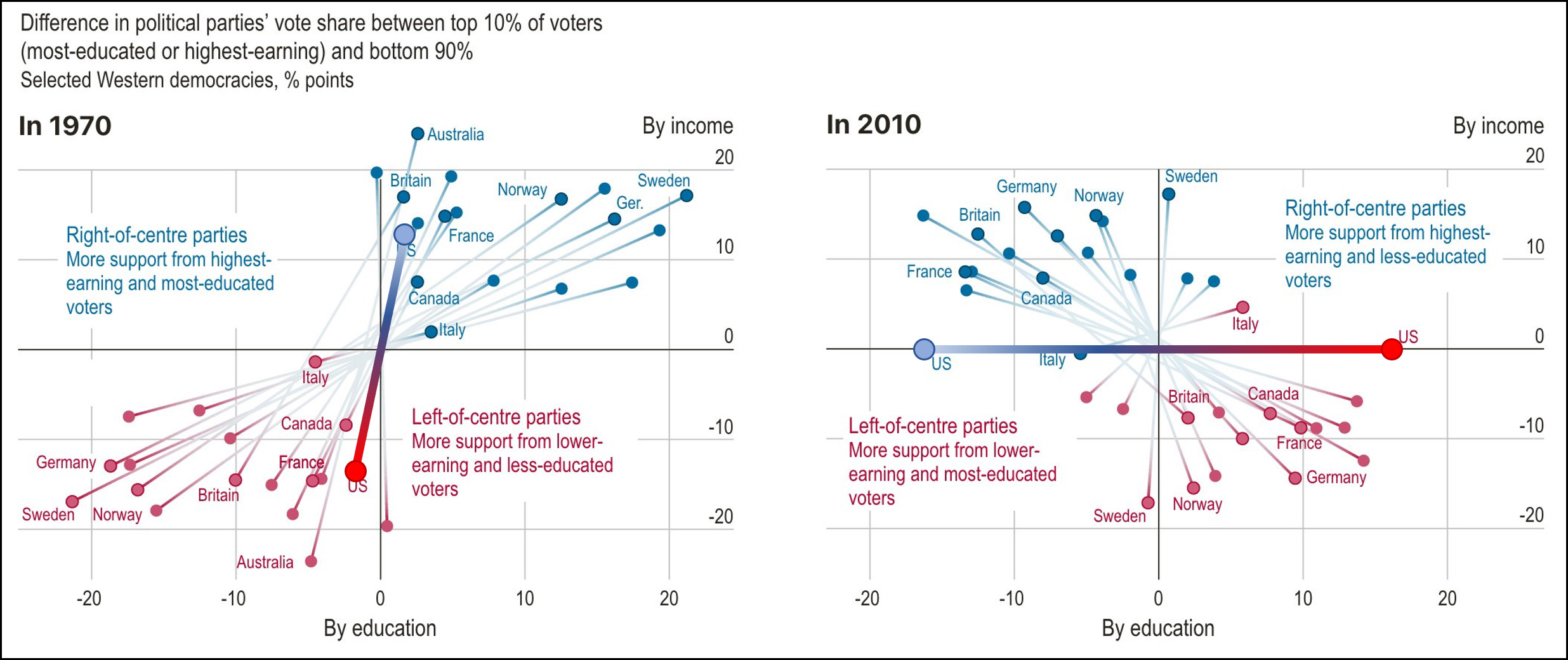By chance, today brings us another look at Catholic buildings in Orange County.
In 1950, several priests from the Norbertine Abbey of St. Michael in Hungary got word that they were to be arrested the next day. They fled in the night and hiked across the border to Austria, and then to New York City. Eventually they hooked up with a Norbertine abbey in Wisconsin, where they spent several years raising money.
Orange County being a hotbed of anti-communism in the late '50s and '60s, the archbishop of Los Angeles invited the exiled priests to set up a monastic community in Santa Ana, which was later granted the title of abbey. The order prospered, and in 2018 finished raising a vast sum of money to build a new abbey. I would have thought that the Catholic community of Orange County would be tapped out by then, what with the gigantic cost of buying the Crystal Cathedral and converting it into Christ Cathedral, but I guess not. Three years and $120 million later, the new abbey opened.
I was puttering around yesterday in Silverado Canyon, looking for photo-worthy subjects, when I came across the abbey. It had always been a closed construction site when I'd driven by before, but it turns out it opened just a few weeks ago. So let's take a look.
The abbey is a handsome structure that looks like it could have been airlifted in from Tuscany. You probably couldn't tell the difference if I hadn't already told you it was located in Silverado Canyon in Orange County:

Here's a closer look at the church and the belltower:

The interior is lovely:

There's a rose window above the entrance to the church, but for some reason it didn't occur to me to take a picture of it. However, I did take a picture of the colorful illumination the window throws on the floor just beyond the baptismal font. At least, that's where it throws it at the hour of day I was there:

And here's what the entire 40-acre campus looks like:



